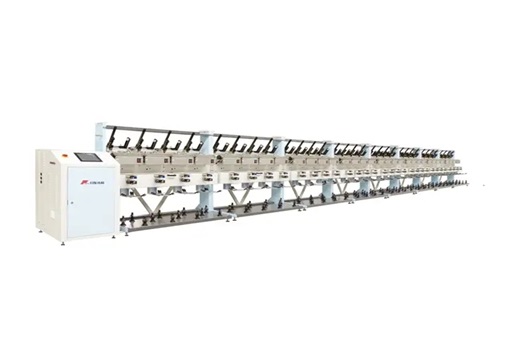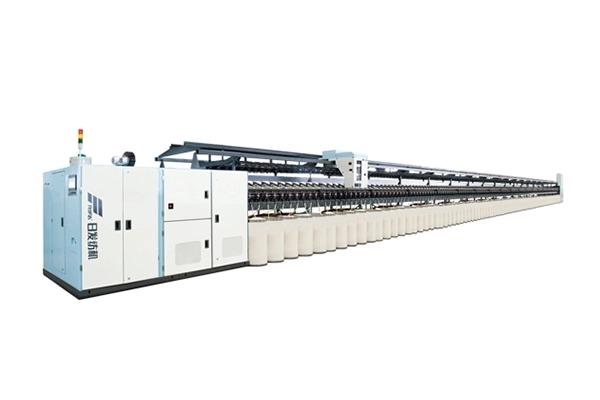En
In the long history of textile manufacturing, the rapier jacquard loom is undoubtedly a groundbreaking invention. As early as the 13th century, this loom began to gain popularity in Europe and became an indispensable tool for weavers. Imagine how artisans back then used simple wood and ropes to create beautiful fabrics—it's truly remarkable! This article will explore the working principle of the rapier jacquard loom and its significance in the modern textile industry.
So, how does the rapier jacquard loom work? In fact, its working principle is relatively simple, consisting of a few steps: First, the weaver interlaces the warp and weft yarns. Then, through the swift movement of the rapier, the weft yarn is passed through the warp. Sounds simple, right? However, operating this loom is no easy task!
The rapier jacquard loom is a shuttleless loom, and compared to shuttle looms, it has the following characteristics:
High Speed and Automation: The rapier jacquard loom operates at a fast speed, offering high production efficiency and automation. It is capable of automatic yarn feeding and automatic shutdown, reducing the time and costs associated with manual operation.
Wide Variety Adaptability: The positive weft insertion method of the rapier jacquard loom offers strong adaptability to different types of yarns, especially in multi-color weaving. It can produce color-woven products with up to 16 different colors of weft yarns.
Space-Saving: Compared to shuttle looms, the rapier jacquard loom requires less space, making it more efficient in terms of floor area usage.
With the development of technology, the rapier jacquard loom has evolved into various types. For instance, there are air jet rapier jacquard looms and mechanical rapier jacquard looms, each with its unique advantages. Particularly, the air jet loom has greatly increased production efficiency, allowing weavers to produce more fabric in a shorter time.
Today, the rapier jacquard loom not only holds an essential place in the traditional textile industry but also plays an irreplaceable role in modern production lines. This loom's advantages become even more apparent in large-scale production. Think of those vibrant, colorful fabrics— they are all made possible by the hard work of these machines!
Looking ahead, the rapier jacquard loom will continue to develop in the direction of smart technology and automation. With the proliferation of artificial intelligence and the Internet of Things (IoT), the weaving process will become faster and more convenient. Imagine a factory where human labor is minimized, and the machines automatically complete all production processes— it's truly a miracle of technology!
In conclusion, the rapier jacquard loom is not only an essential part of textile history but also a crucial driving force behind modern industrial development. Whether in the past or in the future, this machine will continue to play an important role in our lives.


